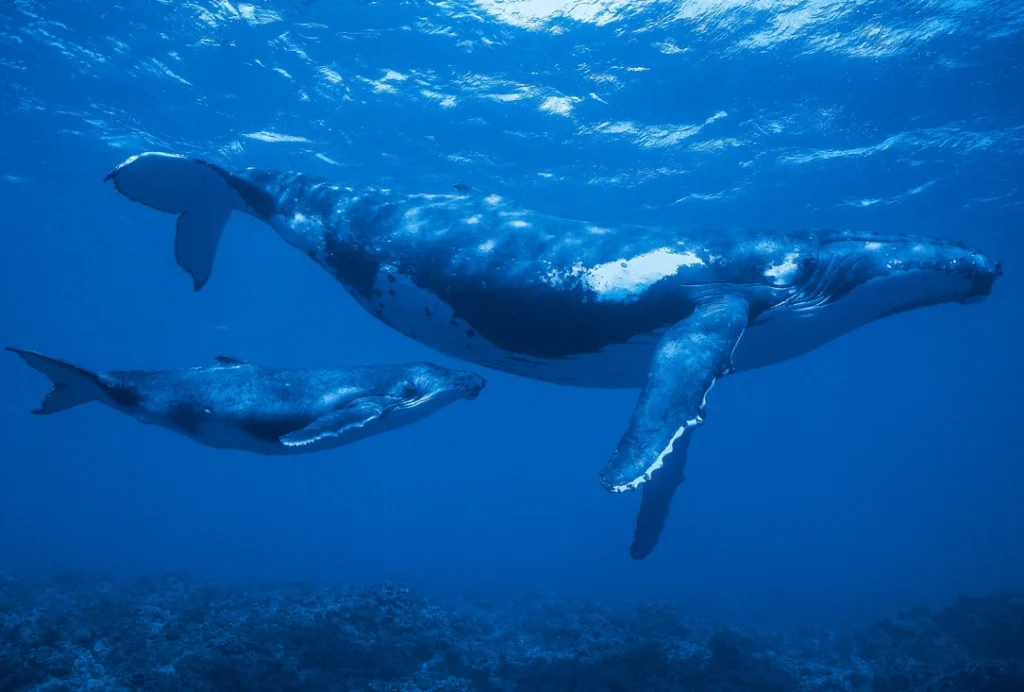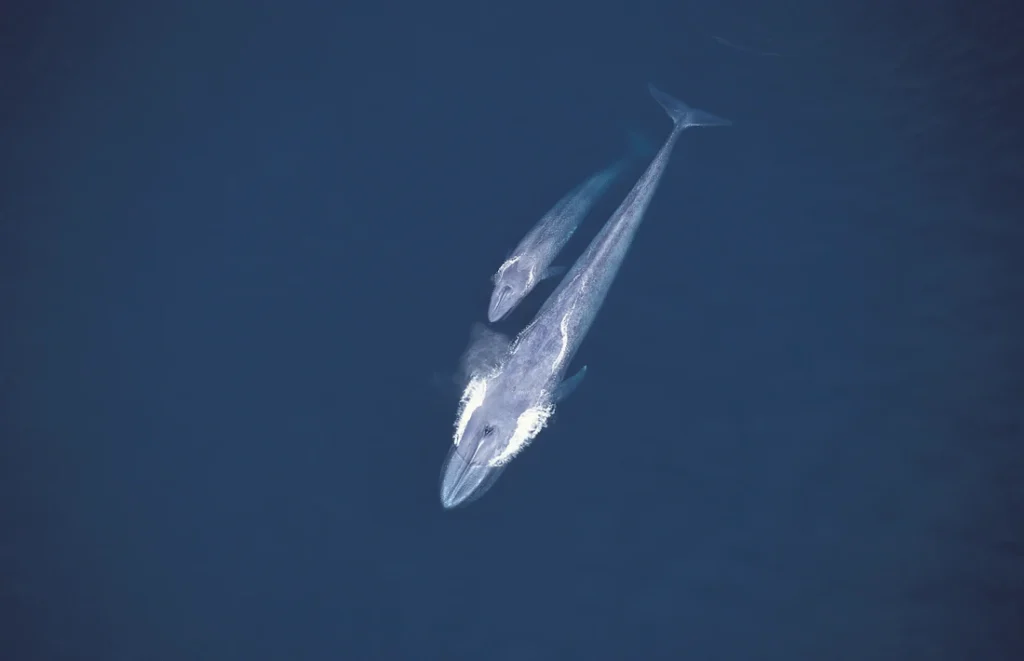
Breastfeeding is a defining characteristic of mammals, but it becomes considerably harder for aquatic mammals to do so. Whales are no exception – they need to feed their young with milk, but how do they manage to do it underwater? Let’s explore the facts.
Do Whales Produce Milk?
Yes, they do! Milk is an essential part of the development of any young mammal, and whales definitely have mammary glands that produce milk. However, the challenge is how to breastfeed underwater.

Do Whales Have Nipples?
While seals and sea lions have retractable nipples that tuck inside the body when the baby is not feeding, fully aquatic mammals like whales and dolphins have evolved different methods for breastfeeding. They have developed ‘mammary slits,’ special folds of skin that enclose the feeding glands.
But how does the milk get into the baby’s mouth? Although there is no definitive answer, it is believed that either the calves can curl their tongues to channel the released milk, or that specialized muscles contract the mammary glands, squeezing milk into the baby’s mouth.

What Is Whale Milk Like?
Whale milk is rich in fats and comes in large quantities. Blue whales, the largest mammals on earth, have mammary glands that are about 1.5 meters long and weigh as much as a baby elephant. Blue whale mothers produce up to 200 liters of milk per day, with a fat content of 35-50%. This enables blue whale calves to gain weight at an astonishing rate of 100kg per day!
Final Thoughts
Breastfeeding underwater is undoubtedly challenging for whales, but they have evolved unique adaptations to overcome this challenge. With their mammary slits and specialized muscles, they manage to provide their young with the milk they need to grow and thrive in the underwater world.

Leave a Reply